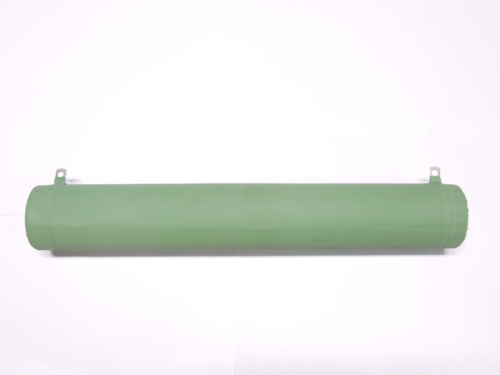For more than forty years, Fairfild has been designing and developing various resistors with the strict technical requirements of the railway sector in mind. All of them are thoroughly tested to ensure their compliance with the sector regulations.
BRAKING RESISTORS FOR RAILWAY TRACTION
Due to their mass, trains are notoriously hard to stop. Doing so relying only on mechanical and friction-based brakes is impossible because such brakes would wear out too rapidly and would require all-too-frequent (and expensive) maintenance. Mechanical brakes remain in place for emergency braking and for bringing trains to a halt once they already reached relatively low speed (e.g., when they approach stations). However, to effectively manage a train’s speed, mechanical brakes have to be paired with braking resistors.
Fairfild’s produces a wide range of braking resistors, both internal and external. They have excellent heat-dissipation capacity and retain stable resistance values across the range of temperatures they can operate under. Degrees of protection reach up to IP65 and convection cooling designs are available upon request. Discover more about Fairfild’s Braking Resistors here
DUMMY LOAD RESISTORS FOR THE RAILWAY SECTOR
Engines, generators and inverters mounted on trains require constant monitoring and testing. Load banks serve this purpose by simulating the standard load the source would operate with, dissipating the electric energy in the form of heat. Fairfild’s load bank resistors are particularly appreciated by converter manufacturers. Discover more about Fairfild’s Dummy Load Resistors here
RESISTORS FOR CHARGING / DISCHARGING CAPACITORS
Resistors serve to limit inrush currents to capacitors, thus preventing any damage to their semiconductors, and to discharge resistors in a controlled and safe way. Over its many years of experience in the field, Fairfild developed several custom discharge and snubber resistors as well as many series and models perfectly suited for this application. Discover more about Fairfild’s Resistors for charging / discharging capacitors here













